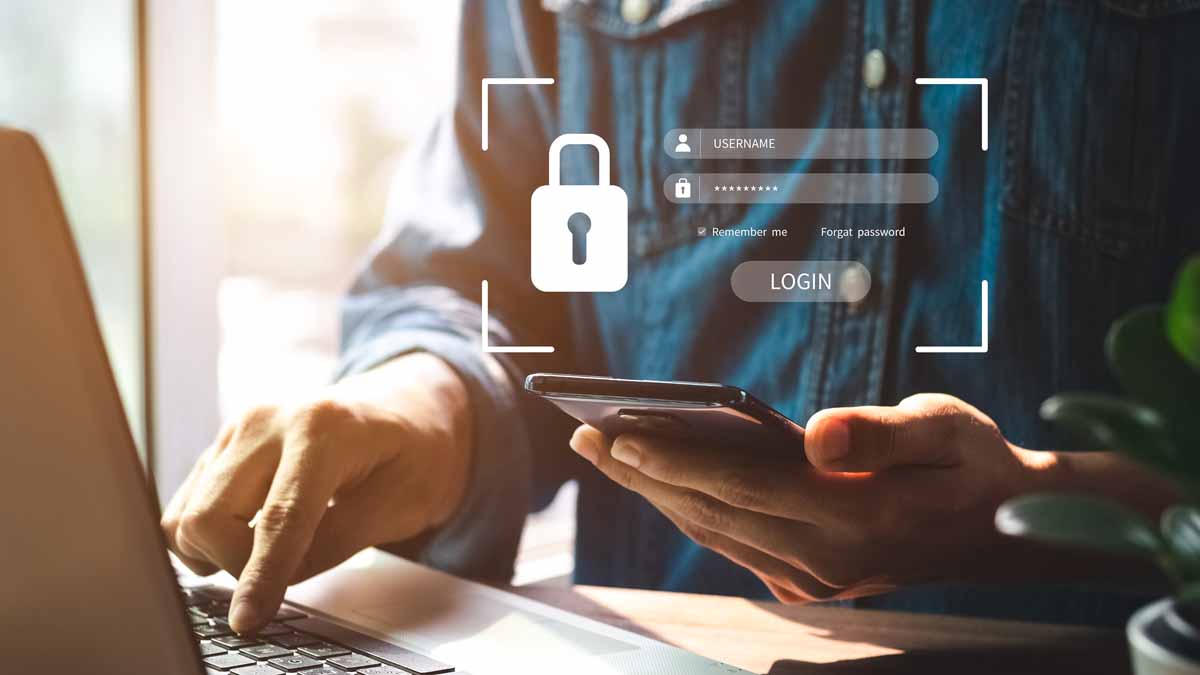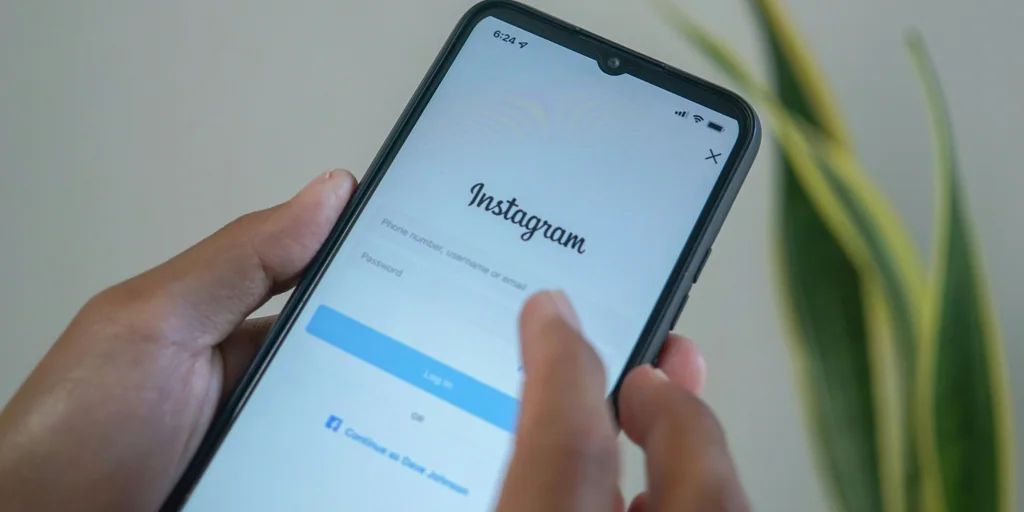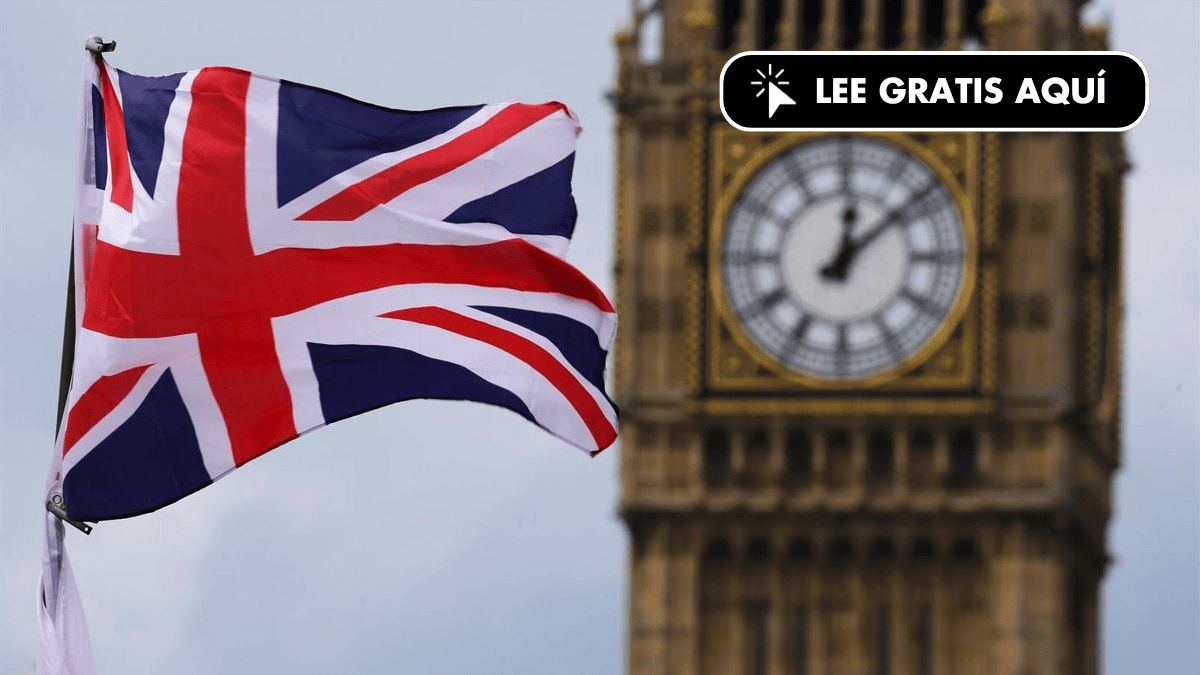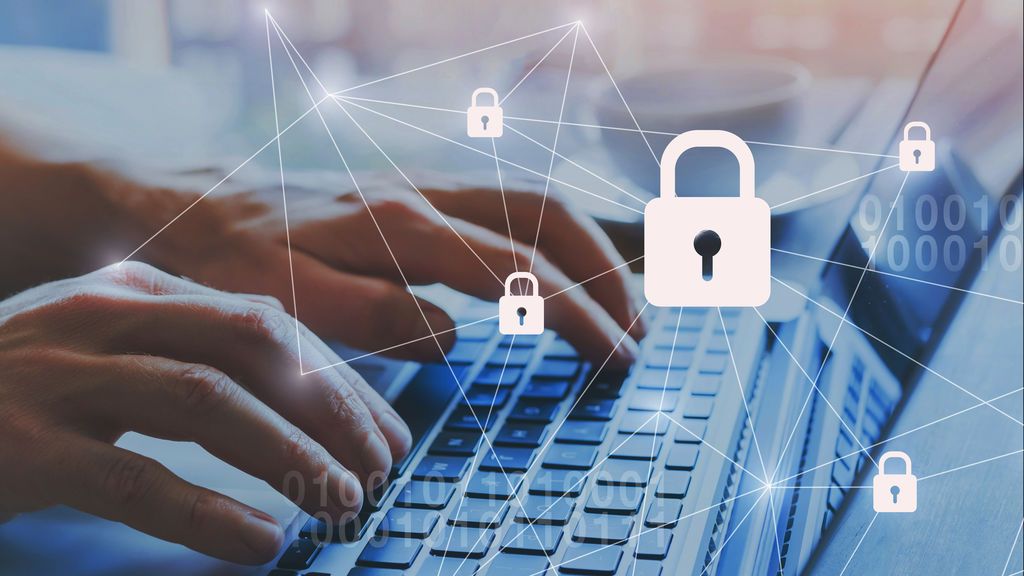One of the most unpleasant aspects of air travel is the experience of going through security before boarding: the long lines that form when you remove certain items from your carry-on bag, the attendants holding up the line because they found that bottle of wine or a pint of perfume that’s not allowed, and flight is leaving.
Breathe. There is good news in sight. Maybe not this holiday season, but soon at many airports you may be passing through.
The British government announced it will remove some of its restrictions on items that can be carried in hand baggagelike liquid and cream, thanks to the installation of a high-tech 3D scanner.
For its part, the United States Transportation Security Administration (TSA), since 2018, has been testing these devices at 15 airports, including Los Angeles, Oakland, San Diego, and Chicago, with plans to expand the number of units at other travel hubs. .
If you go through Schiphol airport, in Amsterdam, you will no longer need to separate liquids or laptops from your luggage, as in 2021 it will be the first major international airport to install and implement the new technology.
Rules vary regarding what you can take with you and what must be separated from your carry-on bag when going through security, depending on where you are flying from.
Liquids, creams and toothpaste in quantities greater than 100ml are not allowed on board at most European and US airports. Anything you bring within that limit must be placed in a small transparent bag which you must separate from your carry-on bag to be scanned independently.
The same should be done with large electronic devices, such as laptops and electronic notebooks.
The limit has been in place since 2006, after British authorities uncovered plans to blow up up to 10 planes with explosives hidden in drink bottles.
The new safety engine will change those rules, allowing up to two liters of fluid (enough for that bottle of water and wine you bought last minute as a gift) and you don’t have to separate anything from your handbag.
How does a 3D scanner work?
The new scanning technology is based on 3D computed tomography (CT), which improves the ability to detect potentially dangerous items in hand baggage.
CT technology is very similar to that used in the medical field, allowing X-ray imaging of detailed sections in different planes and slices.
The conventional type of scanning currently used in most airports around the world is the 2D x-ray, which produces only a single projected image, sometimes difficult to view, forcing agents to perform more detailed hand checks, delaying passage through security.
But new CT technology applies advanced algorithms to detect explosives and other threats by creating 3D images that can be viewed and rotated 360 degrees for complete analysis.
According to the TSA website, this advanced technology makes it possible to detect the shape and density of items, including solid or liquid explosives that could threaten civil aviation.
CT scanners have been used to check checked baggage and are only now being installed at gates for passenger safety.
CT scanning is one of several new technologies being tested at various points, the TSA said on its website.
Some of the techniques under development include automated passenger screening lanes to expedite travel, biometric identity verification, and real-time credential authentication technologies.
all with a view to improve the passenger experience in the short term and increase their security.
Pleasant trip!
Now you can receive notifications from BBC Mundo. Download the new version of our app and activate it so you don’t miss our best content.
BBC-NEWS-SRC: https://www.bbc.com/mundo/noticias-63989323, IMPORT DATE: 2022-12-15 15:20:08

“Entrepreneur. Internet fanatic. Certified zombie scholar. Friendly troublemaker. Bacon expert.”


:quality(70)/cloudfront-us-east-1.images.arcpublishing.com/elfinanciero/ZTJV57HVVJGODLL3YBCDPNWTAQ.jpg)




